Refine listing
Actions for selected content:
5398 results in Wits University Press
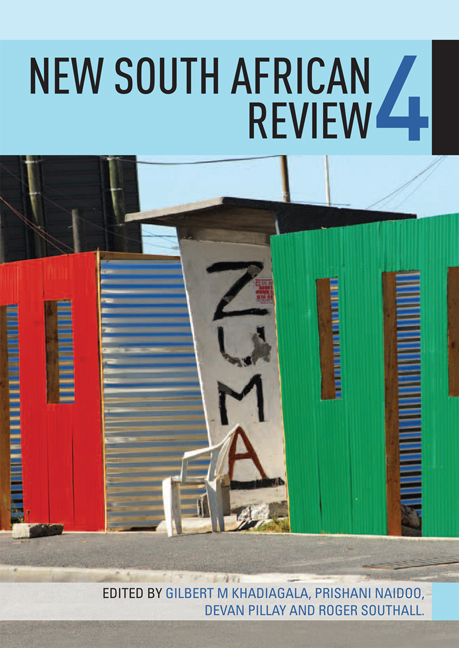
New South African Review
- A fragile democracy – Twenty years on
-
- Published by:
- Wits University Press
- Published online:
- 21 April 2018
- Print publication:
- 31 March 2014

Mbeki and After
- Reflections on the Legacy of Thabo Mbeki
-
- Published by:
- Wits University Press
- Published online:
- 21 April 2018
- Print publication:
- 31 December 2009

The Musical Instruments of the Indigenous People of South Africa
-
- Published by:
- Wits University Press
- Published online:
- 21 April 2018
- Print publication:
- 31 December 2013
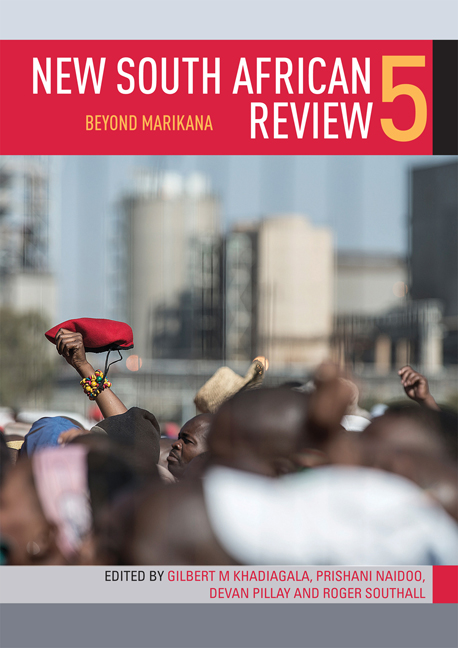
New South African Review 5
- Beyond Marikana
-
- Published by:
- Wits University Press
- Published online:
- 21 April 2018
- Print publication:
- 31 December 2015

New South African Review
- 2010: Development or decline?
-
- Published by:
- Wits University Press
- Published online:
- 21 April 2018
- Print publication:
- 31 December 2010
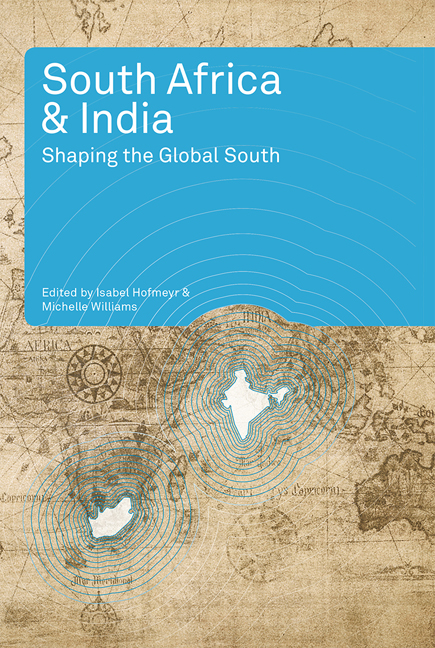
South Africa and India
- Shaping the Global South
-
- Published by:
- Wits University Press
- Published online:
- 21 April 2018
- Print publication:
- 31 December 2011
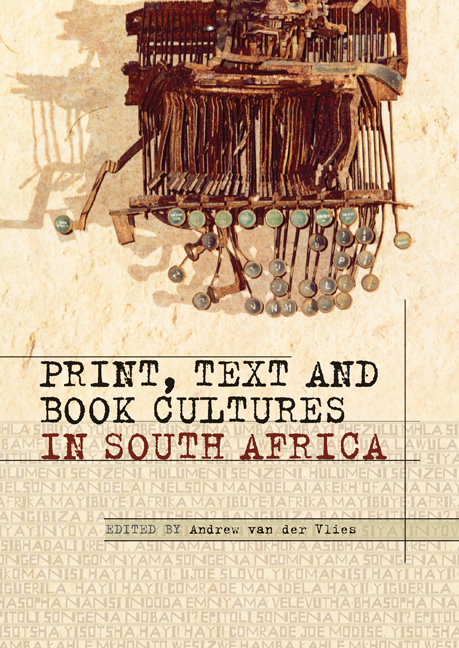
Print, Text and Book Cultures in South Africa
-
- Published by:
- Wits University Press
- Published online:
- 21 April 2018
- Print publication:
- 31 December 2012

Richard Rive
- A partial biography
-
- Published by:
- Wits University Press
- Published online:
- 21 April 2018
- Print publication:
- 31 December 2013

The Unresolved National Question in South Africa
- Left thought under apartheid and beyond
-
- Published by:
- Wits University Press
- Published online:
- 21 April 2018
- Print publication:
- 31 December 2017
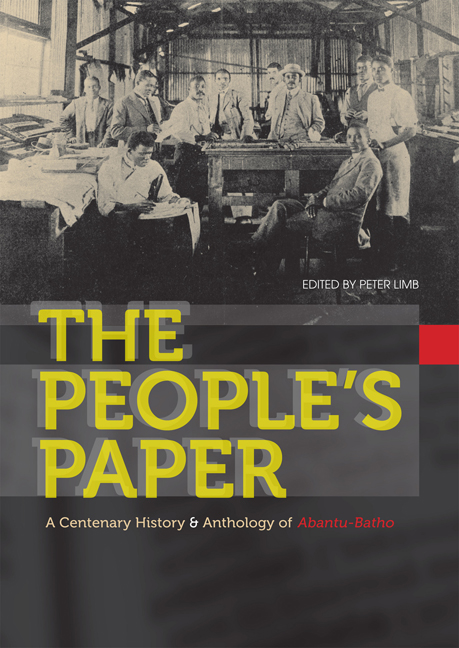
The People’s Paper
- A centenary history and anthology of Abantu-Batho
-
- Published by:
- Wits University Press
- Published online:
- 21 April 2018
- Print publication:
- 31 December 2012

Thinking Freedom in Africa
- Toward a theory of emancipatory politics
-
- Published by:
- Wits University Press
- Published online:
- 21 April 2018
- Print publication:
- 31 December 2016

These Oppressions Won't Cease
- The Political Thought of the Cape Khoesan, 1777 - 1879: An Anthology
-
- Published by:
- Wits University Press
- Published online:
- 21 April 2018
- Print publication:
- 31 December 2017

Regarding Muslims
- From slavery to post-apartheid
-
- Published by:
- Wits University Press
- Published online:
- 21 April 2018
- Print publication:
- 31 December 2014
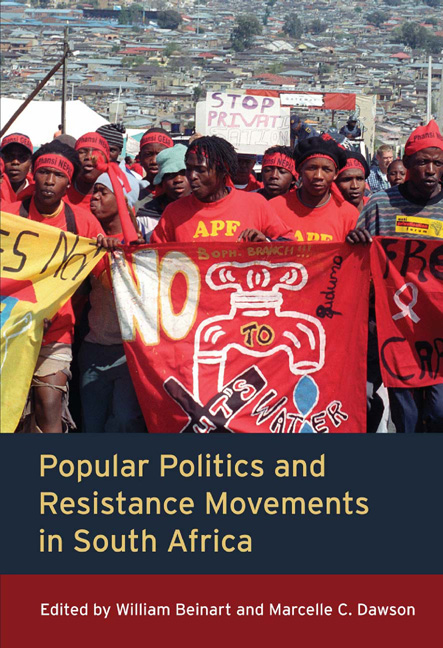
Popular Politics and Resistance Movements in South Africa
-
- Published by:
- Wits University Press
- Published online:
- 21 April 2018
- Print publication:
- 31 December 2010
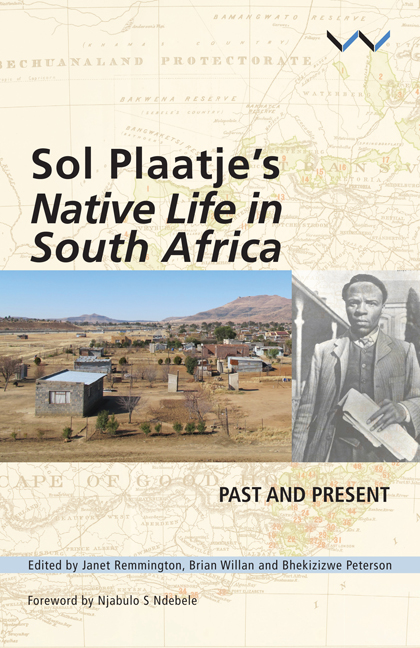
Sol Plaatje's Native Life in South Africa
- Past and present
-
- Published by:
- Wits University Press
- Published online:
- 21 April 2018
- Print publication:
- 31 October 2016
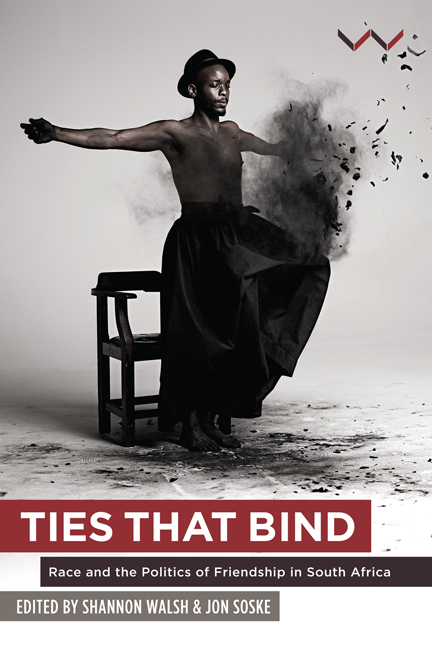
Ties that Bind
- Race and the politics of friendship in South Africa
-
- Published by:
- Wits University Press
- Published online:
- 21 April 2018
- Print publication:
- 30 September 2016
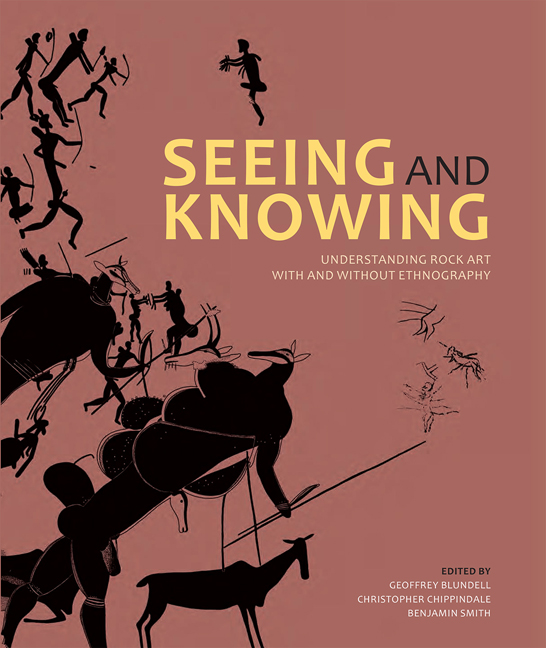
Seeing and Knowing
- Rock art with and without ethnography
-
- Published by:
- Wits University Press
- Published online:
- 21 April 2018
- Print publication:
- 31 December 2010
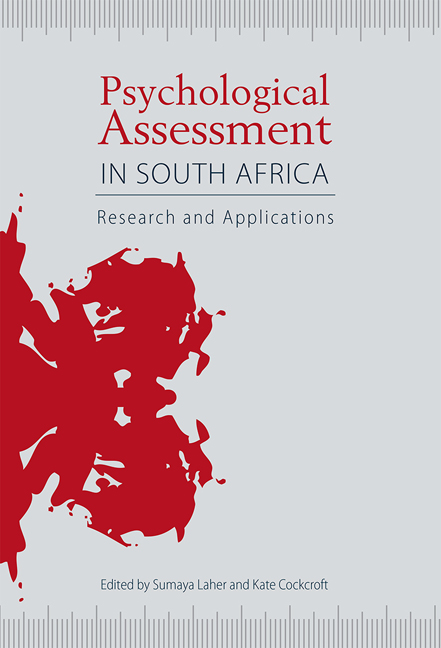
Psychological Assessment in South Africa
- Research and applications
-
- Published by:
- Wits University Press
- Published online:
- 21 April 2018
- Print publication:
- 31 December 2013

Remains of the Social
- Desiring the post-apartheid
-
- Published by:
- Wits University Press
- Published online:
- 21 April 2018
- Print publication:
- 31 December 2017
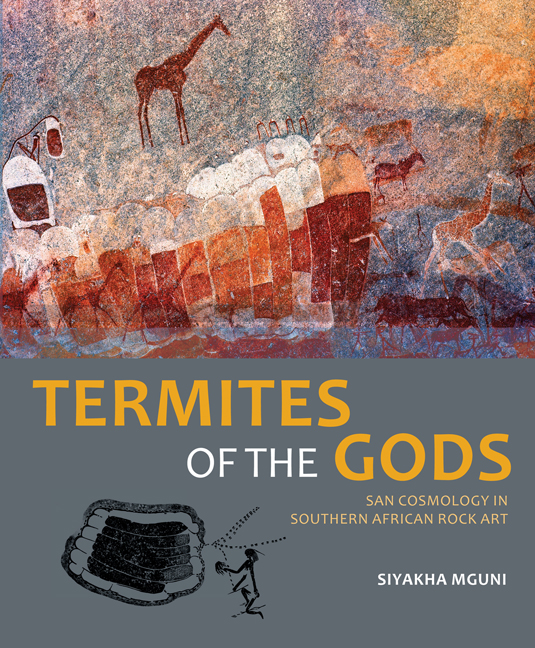
Termites of the Gods
- San cosmology in southern African rock art
-
- Published by:
- Wits University Press
- Published online:
- 21 April 2018
- Print publication:
- 31 December 2015
